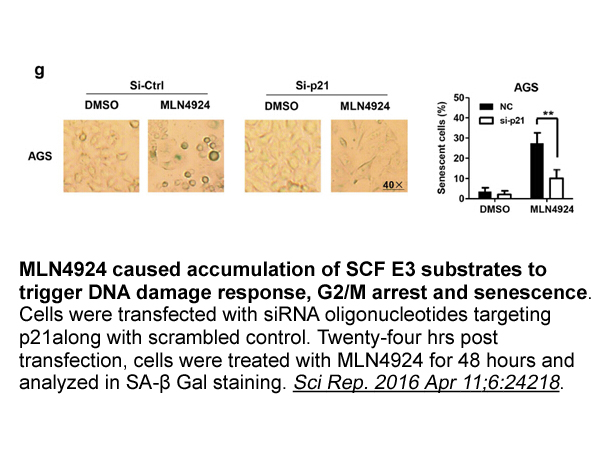Archives
Starting from the case in which a
Starting from the case in which a firm carries out R&D to introduce a new product, we assume that it has a CES production function, and in case of success, can face a downward sloping inverse demand curve with elasticity ɛ:P=CY, where C is a parameter, while, if it fails to innovate, remains price taker. The expected profit of the firm is thus:where w and r are the rental prices of factors, q is a probability which depends on output and R&D expenditure and σ is a parameter of substitutability between labour and capital.
The labour demand to be estimated can be extracted from first order conditions (FOCs):readjusting and taking logs, we get our main equation:where Φ(R&D,Y) is some non-linear function to be estimated.
Interestingly enough, we arrive at a similar expression also if we assume that the firm tries to improve the productive process. In this case its problem becomes:where A>A represent the result of the innovation and the price is either other firms’ marginal costs or the monopoly price, depending on the (drastic versus non-drastic) nature of innovation.
Writing the FOCs from the problem in Eq. (5) we can write:where λ is the Lagrange multiplier. Again, taking logs and readjusting, we get (3).
We estimate (3) by fixed effects, to get rid of unobserved heterogeneity, and using a polynomial approximation of Φ(R&D,Y). In Appendix A we provide a justification of the functional form in terms of Taylor expansion at the second order.
As stressed by Van Reenen (1997), the above equation represents the relationship at industry level. If technology adoption was immediate, the employment effect should not be related with the identity of the first mover. However, in the Schumpeterian perspective rsv virus may take time, because of intellectual property rights protection or learning lags, secrecy or other informal means of protection, and the first mover will enjoy a market share increase above industry level expansion with a further impact on employment. As a result, it is preferable to include lags of R&D expenditure.
Results
In Appendix A, we provide some diagnostic tests in Table A2. Fixed effects estimator is supported by the Hausman test. In order to approximate the non-linear function Φ(·,·), we choose a quadratic polynomial with an interaction with output. We have tried also a third degree polynomial, but binomial system of nomenclature is rejected (as shown in Table A2). In Appendix A, we provide a formal proof of the derivation of (6) from (3). Our estimated equation is:In Table 2, we report our baseline estimation of (3). Since the sample included firms with very high capital investment and R&D investment intensity – mainly research labs – we  check for the presence of outliers. The Grubbs test (Grubbs, 1969) is negative, thus we use the full sample.
check for the presence of outliers. The Grubbs test (Grubbs, 1969) is negative, thus we use the full sample.  As a robustness check, in Table A1 we also report the estimation for the truncated sample (at 100% intensities), showing only minor differences.
In order to compute the implied employment impact, taking into account the size and scale effects, we can rearrange the employment elasticity of R&D in the following way – focusing on the short run effect, neglecting the time persistence of the impact:There are three components in Eq. (7):
Assuming that the firm decides on the R&D intensity by means of a (revisable) routine, we can fix it at alternative levels, and then see how the employment elasticity of R&D increases when we enlarge the size. We should remind that for a given R&D intensity, if we increase the output, then we implicitly increase also the R&D expenditure level. The results are shown in Fig. 1, where we have plotted the estimated employment elasticity of R&D for various R&D intensities as a function of turnover (in log scale).
Another way to disentangle the drivers of the employment effect is to separate the direct effect, the scale effect and the size effect. In general these marginal effects are dependent on the amount of R&D and sales of the company. In Table A3 we present an estimation of the three components for a company with a 1% R&D intensity.
As a robustness check, in Table A1 we also report the estimation for the truncated sample (at 100% intensities), showing only minor differences.
In order to compute the implied employment impact, taking into account the size and scale effects, we can rearrange the employment elasticity of R&D in the following way – focusing on the short run effect, neglecting the time persistence of the impact:There are three components in Eq. (7):
Assuming that the firm decides on the R&D intensity by means of a (revisable) routine, we can fix it at alternative levels, and then see how the employment elasticity of R&D increases when we enlarge the size. We should remind that for a given R&D intensity, if we increase the output, then we implicitly increase also the R&D expenditure level. The results are shown in Fig. 1, where we have plotted the estimated employment elasticity of R&D for various R&D intensities as a function of turnover (in log scale).
Another way to disentangle the drivers of the employment effect is to separate the direct effect, the scale effect and the size effect. In general these marginal effects are dependent on the amount of R&D and sales of the company. In Table A3 we present an estimation of the three components for a company with a 1% R&D intensity.